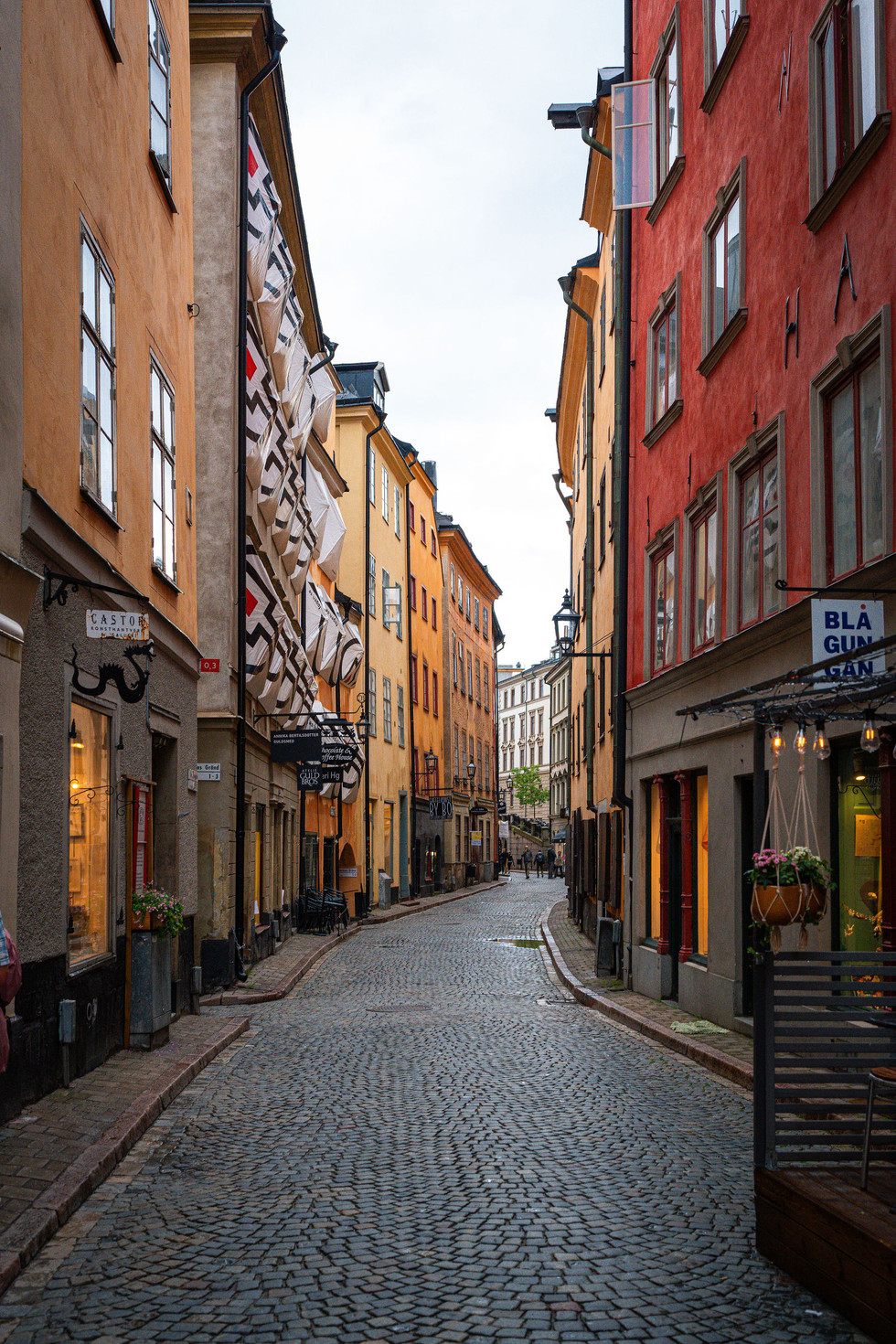Sweden: Sightseeing in Stockholm (Day 2)
- That's How We Travel

- May 19, 2024
- 3 min read
Updated: Apr 13
Summary: After a wet first day in Stockholm, our second one was only mildly rainy with the afternoon making way for mostly sunny skies. On this second sightseeing day in Stockholm we covered a lot of ground: we learned the City's history by taking a free walking tour, learned about the City's famous Nobel Prize history, visited City Hall, and then spent the balance of the day exploring the Vasa Museum.
[This blog is part of a 4-days in Sweden series, which is part of our 15-days in Northern Europe trip].

Travel workout. First up for the day was a drop-in at CrossFit class at CrossFit Medis, a quick 20 minute walk from our AirBnB. If you follow this blog, you may remember that we love CrossFit visiting "boxes," in foreign countries as members are always so friendly, welcoming, and even helpful with providing local travel tips.

Free Walking tour. Next, we did one of our other favorite activities, a free walking tour, this time it was of Old Town. Guides work on tips, so remember to bring some cash. This tour included:
The German Church, founded in 1571, during the era of German domination in the Middle Ages.


Mårten Trotzig Street, the City's narrowest street with a width of just 35 inches.

Several squares such as the Great Square, the Iron Square and Merchant’s Square, which date back to the 1300s.
Stockholm's oldest church, The Great Church, which was founded in the 13th century.

Next we spent a couple hours at the Nobel Museum, located in the Great Square, "square Stortorget." The building itself is the former home of the City's stock exchange. The museum is dedicated to Alfred Nobel (1833-1896), a Swedish engineer, chemist, and businessman, best known in life for inventing dynamite. In death, he is best known for his gift of his entire fortune to fund the Nobel Prize.
The museum has a great interactive exhibit where visitors can learn about the various accomplishments of past winners, as well as view the original holographic (handwritten) Will of Alfred Nobel.
Next, we walked across the Vasa Bridge to take a tour of City Hall.
Stockholm City Hall serves as both the political and ceremonial hub for the City's government. Completed in 1923, the somewhat plain outside hides a surprisingly grandiose interior. Among other events, annual Nobel Prize banquet takes here on December 10th. Guided tours run approximately every hour in the high season but sell out quickly. You may find that you have to wait for a subsequent tour slot, like we did.
The last activity of the day was a stop at the Vasa Museum. [note: as it located on the island of Djurgården, across town, so we took an Uber from City Hall].
This museum is a maritime museum that holds a recovered and preserved, real life ship wreck from the 17th century. This 64-gun war ship sank on it's maiden voyage after a faulty design cause it to be dangerously unstable. Despite being not far from shore, 30 people perished in the sinking, with 15 sets of remains still being available for recovery when the ship was pulled from the bottom of the harbor in 1961.
The design of the museum is remarkable in that visitors can view the ship from several different viewing platforms on different floors. Photos are difficult because the ship is so massive. In person, it's hard to imagine how the recovery effort was able to pull the ship to the surface without damaging it in the process. One section of the museum is dedicated to the fascinating recovery process. The preservation process for this 300+ year old ship took several decades, with the museum finally opening in 1990.
A replica of the ship sets next to it so visitors can see what it would have looked like in it's time.
We finished the day with dinner out and then a walk back to our AirBnB.





























































Comments